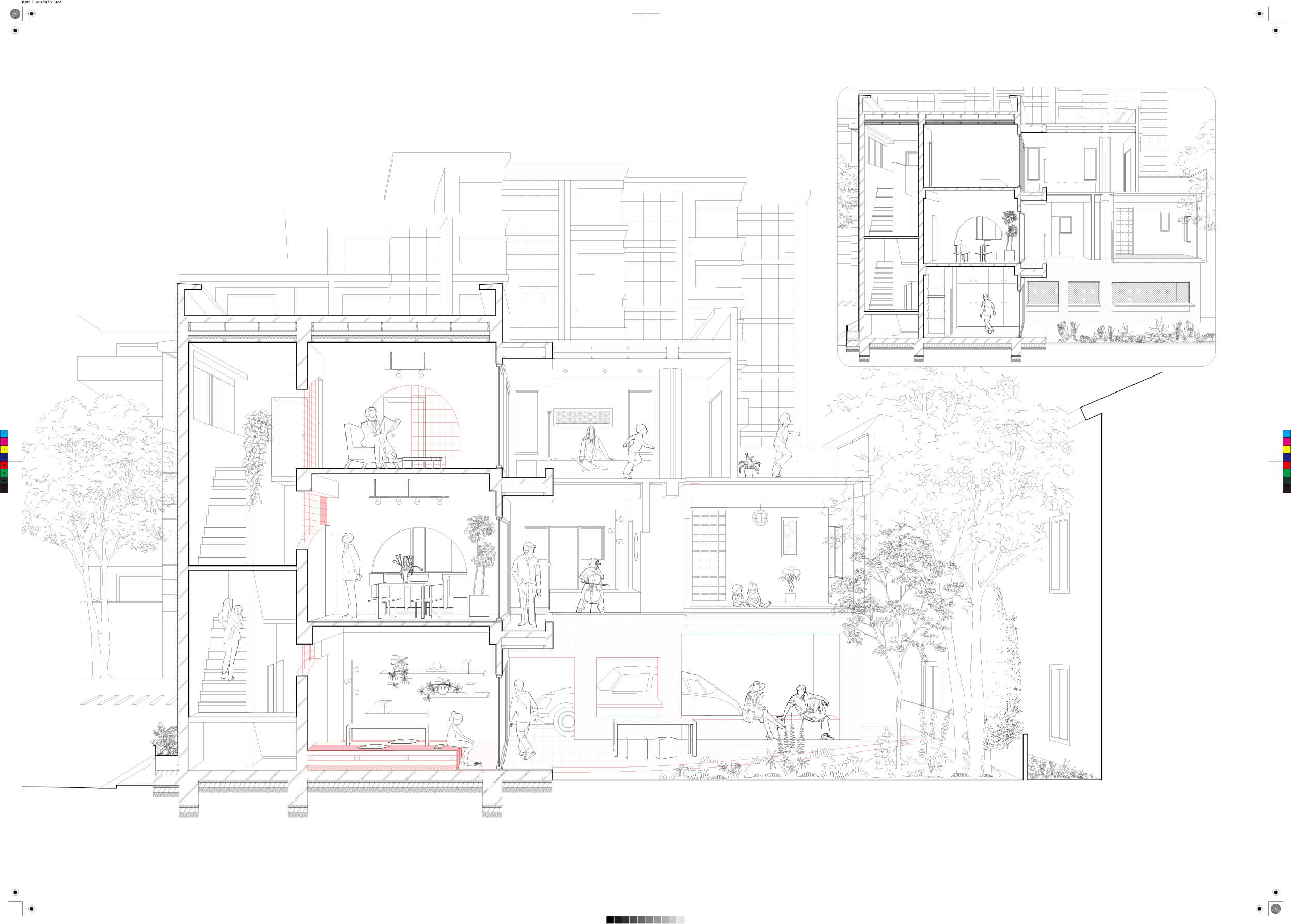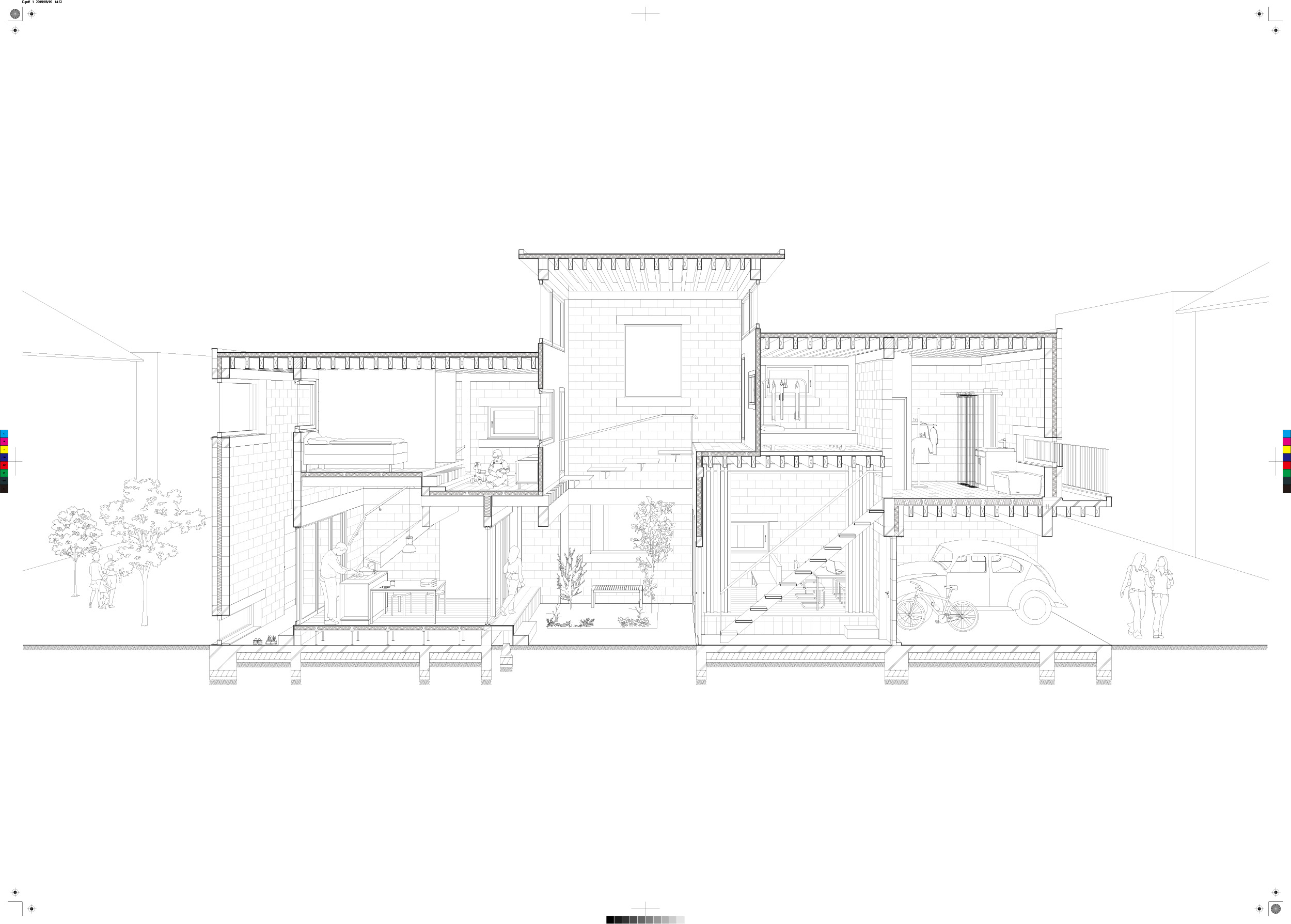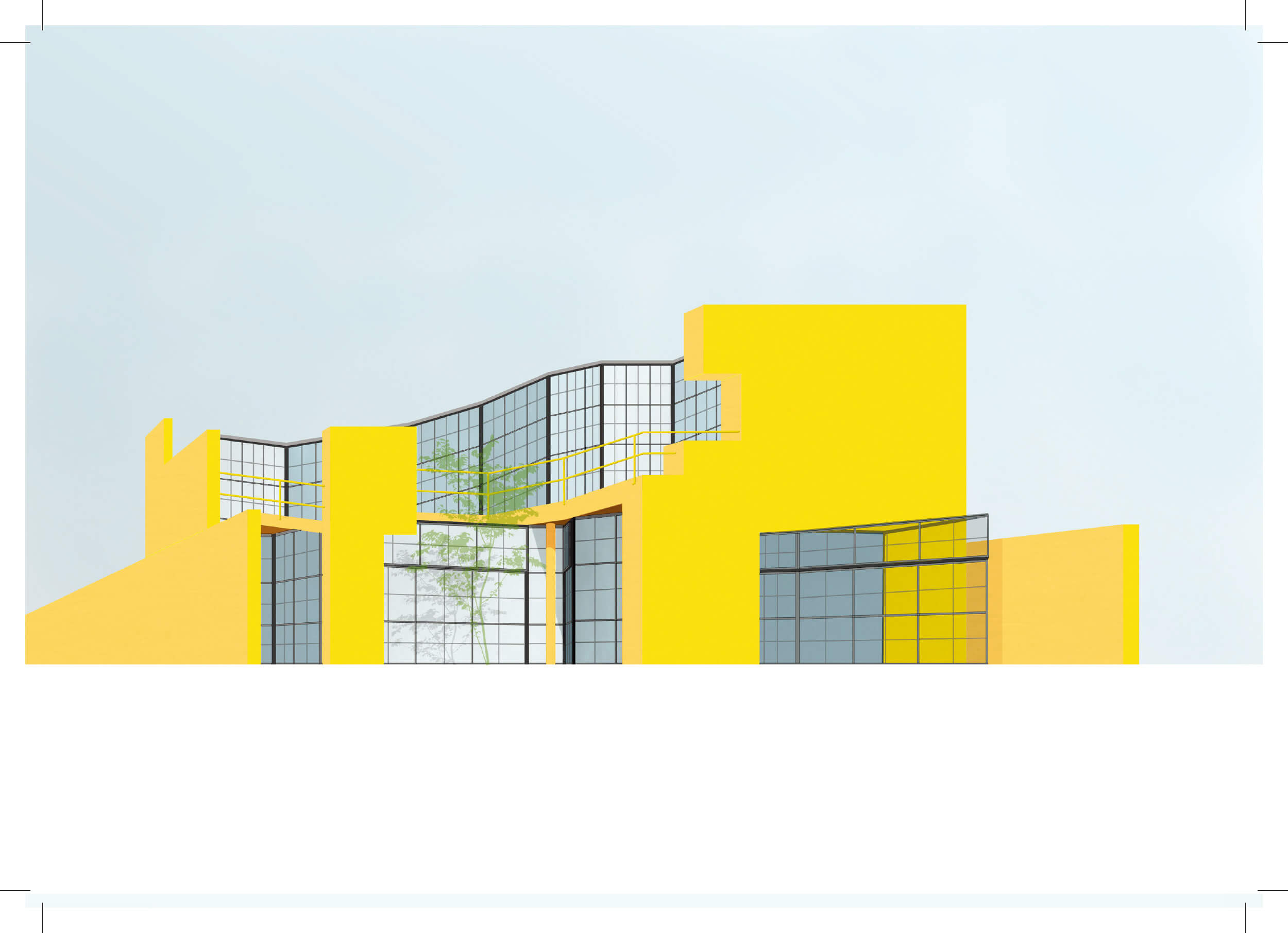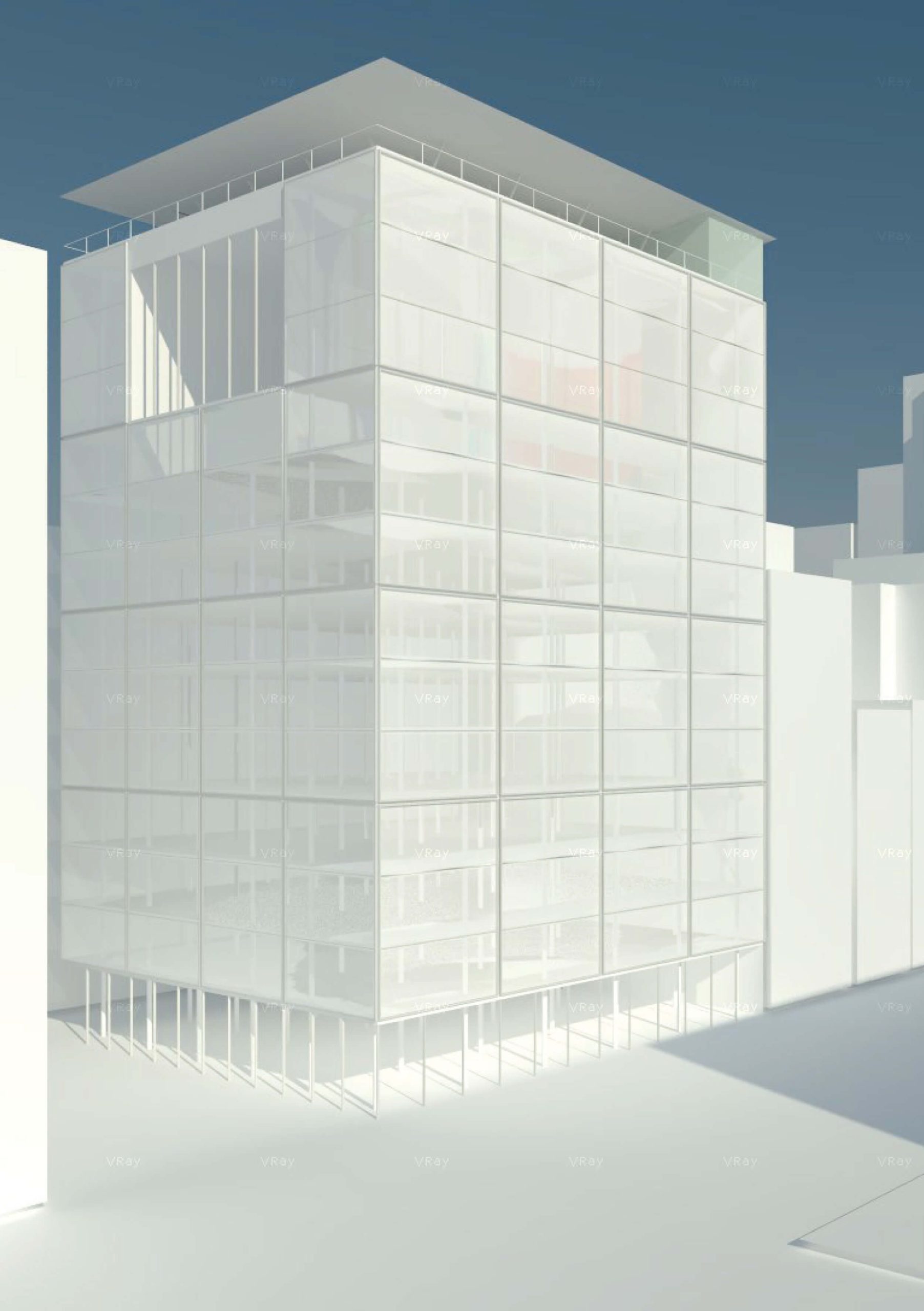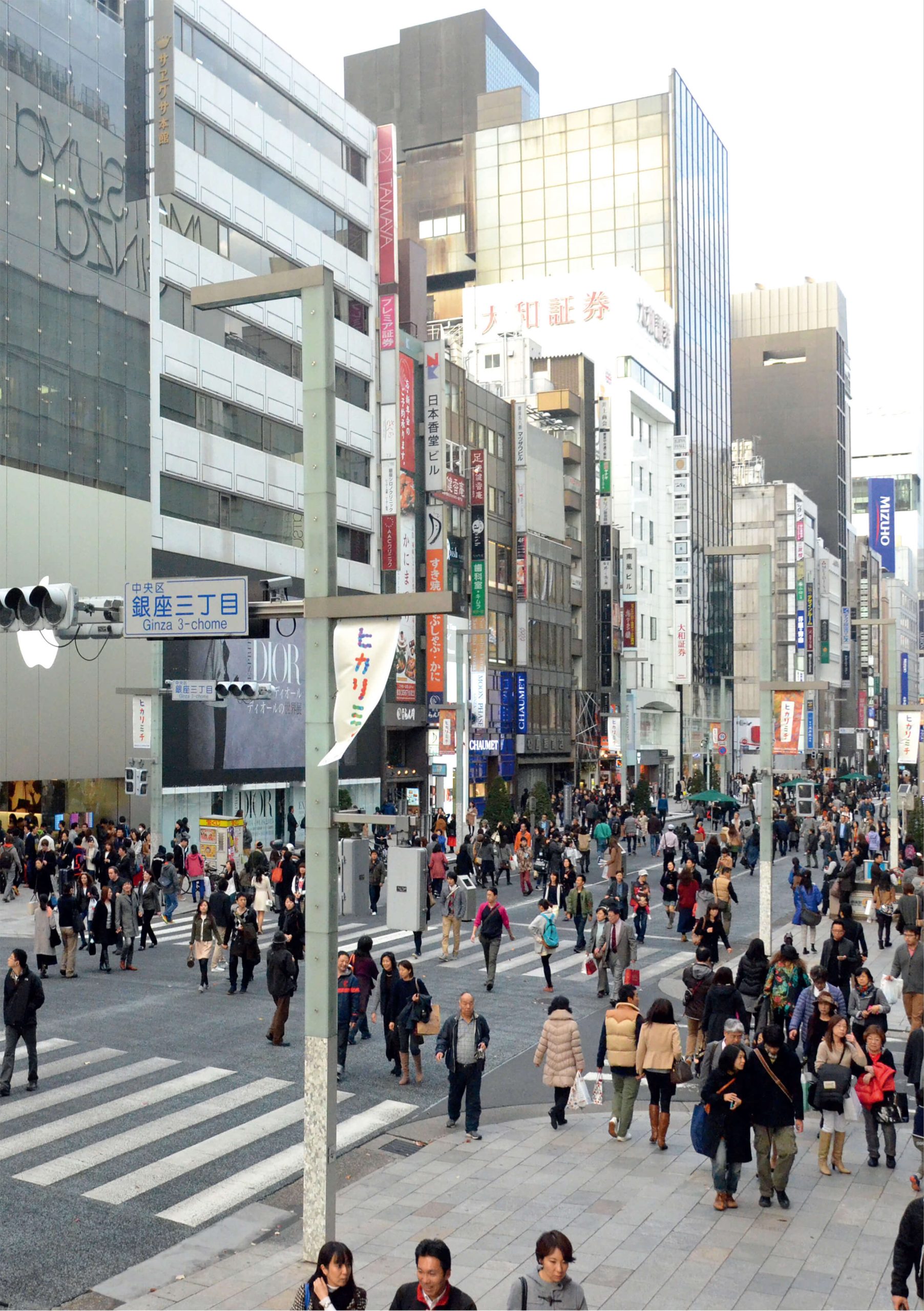House Atrium / Atelier Bow- Wow
Arbed
Machiya in Daita / Kazunari SAKAMOTO
Carlos Beires House
The Casa Carlos Bereiras is a most ambivalent building. While partly hidden behind fragile walls on the street sides, the facade tends to dissolve the volume, mostly by the fractured windows, all set at a slight angle.
On the side facing the neighbors, the apparent volume is increased by a wall on top of the building – but with nothing behind it. The circulation within the building is merely a sequence of rooms.
We mainly kept the layout, since we liked it. But we tried to adapt the heavy materials and construction to fit a more Japanese environment.
Ginza Rocks
The assignment is to design a “Palazzo” for Tokyo in Ginza. The site is located an intersection of Chuo Dori and a typically narrow Old Ginza backstreet.
Our Ginza Palazzo is a building that reinforces the urban qualities of Ginza. It tries to bring more public space and innovation in this very commercial and increasingly homogenous area.
The idea of our Palazzo is to bring a space that can evolve and host different types of program. The use of the Plan Libre permits to create large open spaces. Those ones are divided to create shops, organize to create offices and opened to create a residential community at the four top floors of the Palazzo. We wanted to create a great relations between the different levels and program and make them communicate.
Then, the rooftop made by a large cornice is accessible to the public and offers a special program in order to contemplate Ginza in a very special atmosphere.
Ginza Exrtavaganza
What would «Tokyo Palazzo» look like if it was built in Ginza? Which spatial schemes, functional and programmatic division would fit best for the intricate needs and habits of the building’s residents and tenants? How a <<palazzo≫ would interact with the context, which urban qualities will it create and which characteristics will become dominant at this specific place? How flexible should it be to be able to suit both nowadays and future needs of society?
The spirit and soul of the area would affect building’s character and appearance which will make the typology of a <<Ginza palazzo» unique for Tokyo.
